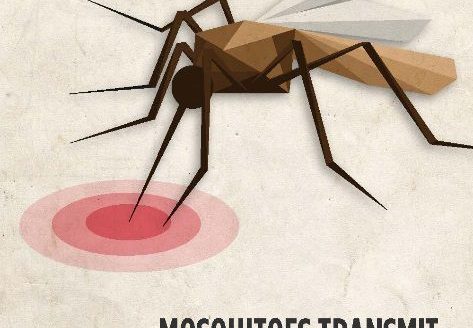Equine Herpesvirus (EHV) infections are extremely common in the equine population. There are 9 different types of Equine Herpesvirus, with EHV-1, 3, and 4 being the most common. EHV-1 typically can cause abortion, neurologic disease, respiratory illness or fatal neonatal illness. EHV-3 causes a venereal disease that affects the external genitalia. EHV-4 is a major cause of respiratory disease in horses.
EHV-1 neuropathogenic strain is a mutant strain of the original EHV-1 wild virus that is characterized by high morbidity, high case fatality rate, and has a unique ability to overwhelm a horse’s immune system even in vaccinated animals. Clinical signs associated with infection by this strain include decreased coordination, fever, hind limb weakness, lethargy, loss of tail tone, and dribbling urine. It has been reported in many of the surrounding states including a severe outbreak in a New Mexico race track in early 2016. The disease has caused outbreaks in several states in the past few years at racetracks, training farms, and private farms.
Oklahoma had one case of EHV-1 neuropathogenic strain in 2015. Appropriate precautions were taken in this case and the disease did not spread.
An effective defense against this or any contagious disease is prevention by using good biosecurity practices. Limit traffic and control visitor access that could be exposed to infectious agents elsewhere. Newly acquired animals or animals that have traveled and commingled with others of unknown disease status should be isolated and observed for 14 to 21 days for signs of disease before being introduced to the herd. Personnel returning from exposure to another farm should change clothes or coveralls, wash hands with soap and water, and disinfect shoes before contacting animals again. Shoes can be cleaned and disinfected using a mixture of three parts bleach to two parts water. Clean and disinfect equipment such as feed buckets, water buckets, bridles, grooming equipment, etc., before sharing between horses. Vehicle tires and trailer compartments can be cleaned and disinfected using a spray mixture consisting of one part bleach to ten parts water.
Frequently asked questions:
—Is this disease reportable?
This disease is reportable in Oklahoma. In cases of EHV-1 disease ODAFF will work with appropriate authorities to control and manage the outbreak.
—Are there monitoring tools available?
Temperature is a great indicator of presence of disease. The herpes virus is shed at peak levels when the horse’s temperature is elevated. An elevated temperature or detection of any of the clinical signs listed above should be reported to the attending veterinarian.
—What is currently recommended to protect my horse while at a racetrack, show, etc.?
Regular vaccinations are encouraged. If your horse travels to events where comingling with other horses occurs, vaccination every 60 – 90 days is recommended. There is some evidence to show that vaccinations can decrease the viral load and therefore prevent the spread as well as decrease severity of clinical signs. Speak with your veterinarian about vaccination options.
—Is this a fatal disease?
This disease can be fatal. Signs can be reversible, but neurologic signs can occasionally progress to the point that euthanasia is the most humane option for the horse. Severity of clinical signs varies amongst cases.
For more information about this disease and others in Oklahoma, visit www.oda.state.ok.us/ais/equine.htm.

